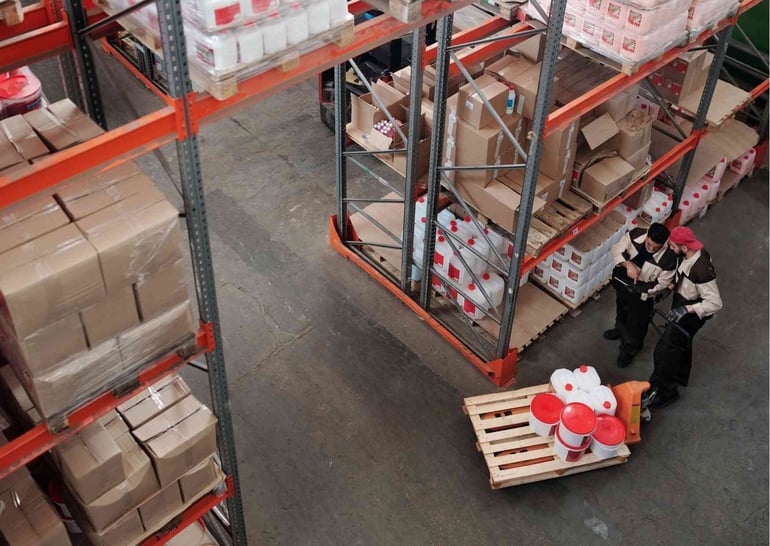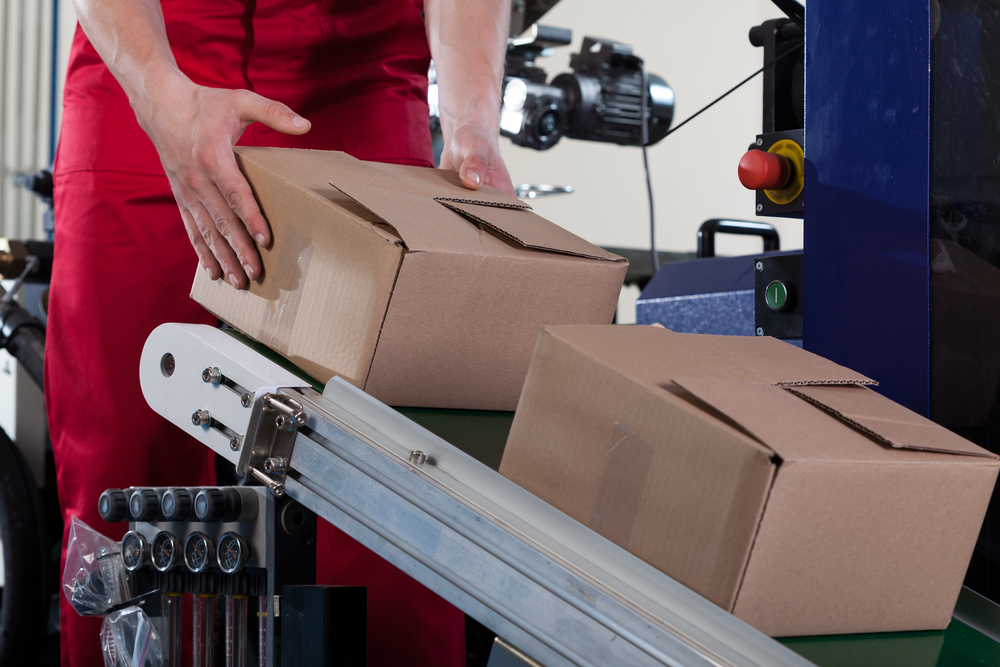Amazon Warehouses Across the Globe
Does the name Cadabra Inc. sound familiar to you? Considered one of the leaders of the Information Technologies industry and one of the most valuable...
4 min read
Işık Handan : Feb 2, 2022 5:21:32 PM
The principles and practices involved in running a warehouse's day-to-day operations are referred to as warehouse management. Gathering and organizing storage units, scheduling employees, managing goods, executing orders, and maintaining warehouse stability and security are all examples of this.
Customers are often unaware of warehouse operations, although they play a critical role in guaranteeing on-time delivery. Many people work behind the scenes to ensure that warehouse management activities run successfully.
To keep them safe and keep the business running… there are certain things every warehouse owner must do.
Most customers don’t think about it. They may either place an order and have it delivered to their home in a day or two, sometimes even less, or they may go to their local warehouse store and get exactly what they need.
Consumers are so accustomed to this scenario that it's easy to overlook the hands that scan, stock, pick, and organize our items in warehouses all across the world. Are warehouse workers capable of doing their jobs safely in this new era of instant product gratification?
The reasons for the decrease in warehouse safety are numerous, but two examples include a low employment rate and a shortage of appropriately qualified staff. Workflow and workload changes, employee participation, fatalities, and injuries, whether it's from unsafe working circumstances, human mistakes, or other causes, are all challenges.
As e-commerce grows, business slowdowns and layoffs at brick-and-mortar stores have an influence on worker safety. Brick-and-mortar retailers are struggling to stay up as more customers turn to the Internet for their purchasing requirements. These businesses frequently have to lay off workers across all shifts, which can be particularly perilous for basement, stock, and warehouse employees.

Of course, there are! We live in a digital age and that means new IoT technologies are already on their way to save lives.
1- Improved Professional Development With VR and AR
In the warehousing and logistics business, augmented and virtual reality, known as AR and VR, are making an appearance, particularly when it comes to educating new personnel and providing professional development possibilities for existing ones. AR overlays virtual components in the real world, whereas VR captivates the worker in a virtual environment.
These tools can be utilized for training, giving staff the abilities they'll need to execute their tasks securely without putting themselves or the institution in danger. Due to the cost of gear and development courses, implementing a VR or AR training program can be a considerable investment, but it can provide your staff with unique capabilities that will help protect them from harm in the workplace.
2- Drone Usage in Warehouses
Drones started out as toys for amateurs, but now they have a place in almost every business. Drones record pallet barcodes and locations in the warehouse and logistics industry, eliminating the need for a human employee to climb a ladder to do the task. Employees are less likely to fall when they are not on ladders, especially if they must move oddly to scan a barcode.
However, the technology hasn't progressed far enough for drones and employees to move in tandem. These drones are only used when there are no crew members on board. If the warehouse is open 24 hours a day, the drones will be working in aisles that are near to human foot traffic. These tiny robots finish the job 50% faster than an inspection process while keeping human workers safe and on the ground.

3- Automation Assistance
As of 2019, most warehouses have yet to achieve full automation, however, the potential exists, and automating some jobs can assist enhance employee safety. Robots can undertake activities that are hazardous to human workers, hence improving workplace safety. They may also perform repetitive jobs, which decreases the risk of repetitive strain injuries. Ergonomic injuries, particularly ones caused by continuous movement, working in uncomfortable positions, or working for too long with little or no rest, affect about 1.8 million warehouse employees each year.
Human employees will almost certainly never be replaced by automation, but it can assist make the work environment safer so that these workers can do their jobs without fear of injury.
4- Forklift Safety means Warehouse Safety
As autonomous vehicle technology improves, human forklift and pallet jack drivers may be replaced by automation. This could help to prevent warehouse worker-forklift accidents, which are among the most common causes of accidents in this industry. For those that aren't ready to switch to self-driving forklifts, a stringent maintenance program can help keep the equipment in good operating condition, reducing the risk of catastrophic failure, which could lead to an accident, injury, or death.
Examine everything from the inside to the exterior, as well as every moving part. Although it will take more time, following a comprehensive inspection and maintenance program will save you time and money in the long term, as well as increase worker safety.
5- RFID Sensors Can Do Proximity Warnings
RFID (radio frequency identification) sensors have proven their utility in warehouses. They can help increase worker safety in addition to becoming crucial for stock tracking and management. If a worker gets too close to a risky area, RFID tags and sensors can create proximity warnings. This can save lives and prevent injuries by keeping personnel who are distracted or focused from wandering the route of a forklift or other construction machines.
This method is easy to set up. Begin by installing an RFID reader on the equipment and distributing an RFID tag to each employee. If the reader detects a human approaching the forklift too closely, it can sound an alarm, inform the driver, or turn off the machine.

Does the name Cadabra Inc. sound familiar to you? Considered one of the leaders of the Information Technologies industry and one of the most valuable...

Imagine a bustling warehouse where robots gracefully glide between towering shelves, swiftly picking and packing products with remarkable precision. ...
Today, Amazon alone has nearly 300 warehouses all over the world. As one of the most valuable and large companies in the world, Amazon may need to...